Topaz InFocus Real-World Test
Every now and then a peice of software comes around with the promise of making photographers' lives easier. When I first read about the InFocus software from Topaz Labs I thought it might be the holy grail of fixing soft shots. Unfortunately, it looks like there's no magic bullet for bad focus-yet.
With auto-everything cameras, the extreemly forgiving raw format, and other technologies, photographers really only need to know how to compose properly and the camera (and/or post-processing software) will do the rest — artisanship is something different entirely.
Ok, back to my rant – when I saw that Topaz Labs had come out with software to fix focus AFTER the shot, I was kind of stunned. So stunned, that I grabbed my camera on Black Friday (the day after Thanksgiving, the busiest shopping day of the year in the U.S., and the absolute worst day to be in Bay Area traffic) and drove over the hill to Half Moon Bay, CA for some out-of-focus shots.
I'm sure I could've made out-of-focus shots anywhere, but I'd read a review over on the Digital Photography School about this software, and the shot they tried it on was of a marina-so I decided to try and replicate their successes for myself.
The keyword is “try”. I snapped several shots of a marina scene, brought them home, and ran the software on several shots with varying “out-of-focused-ness”.
The short story is, though you can create the “appearance” of a sharp photo in some cases, no current software is a magic bullet. And no current software will be able to re-create what your cameras precision optics can do naturally.
The best fix is to get it right in the camera.
Watch the video to see my results in real-time.


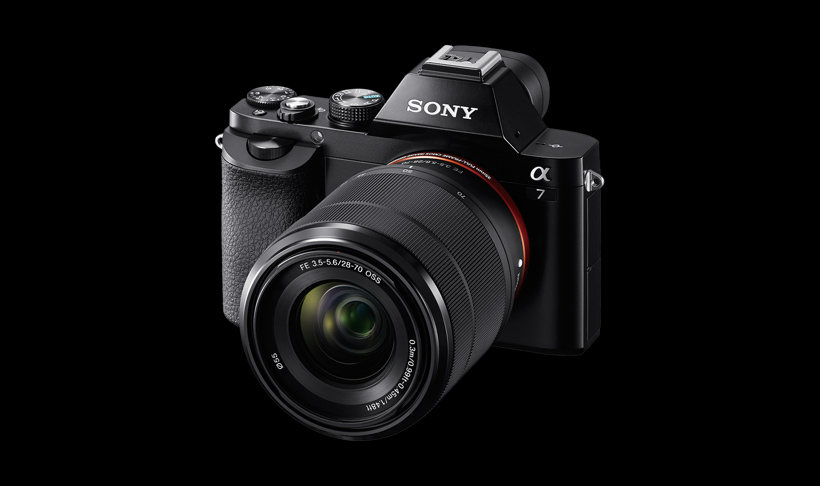
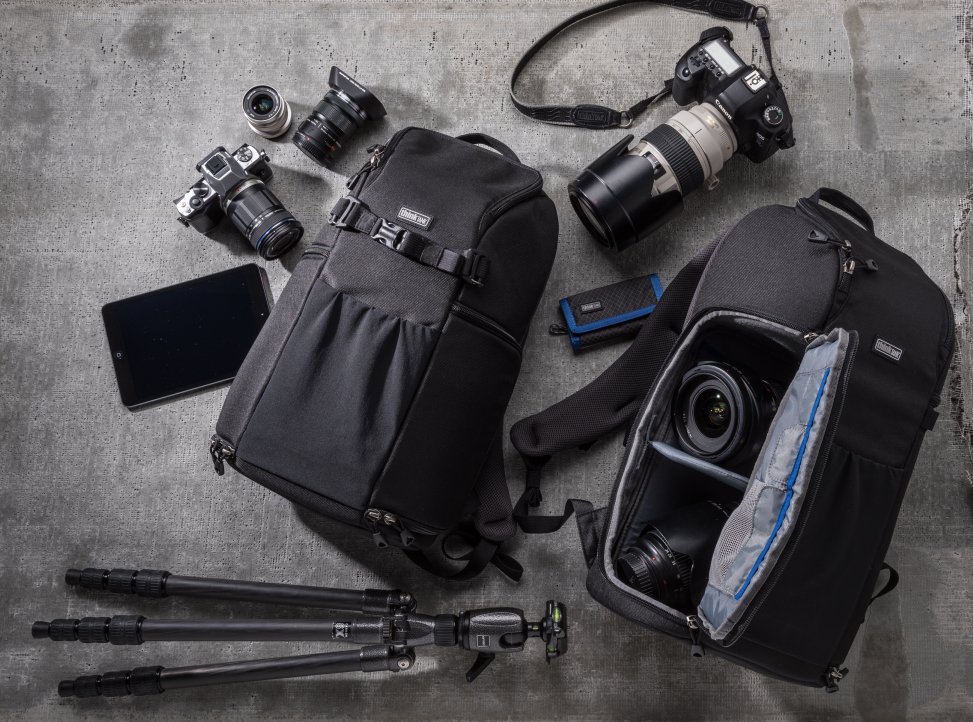
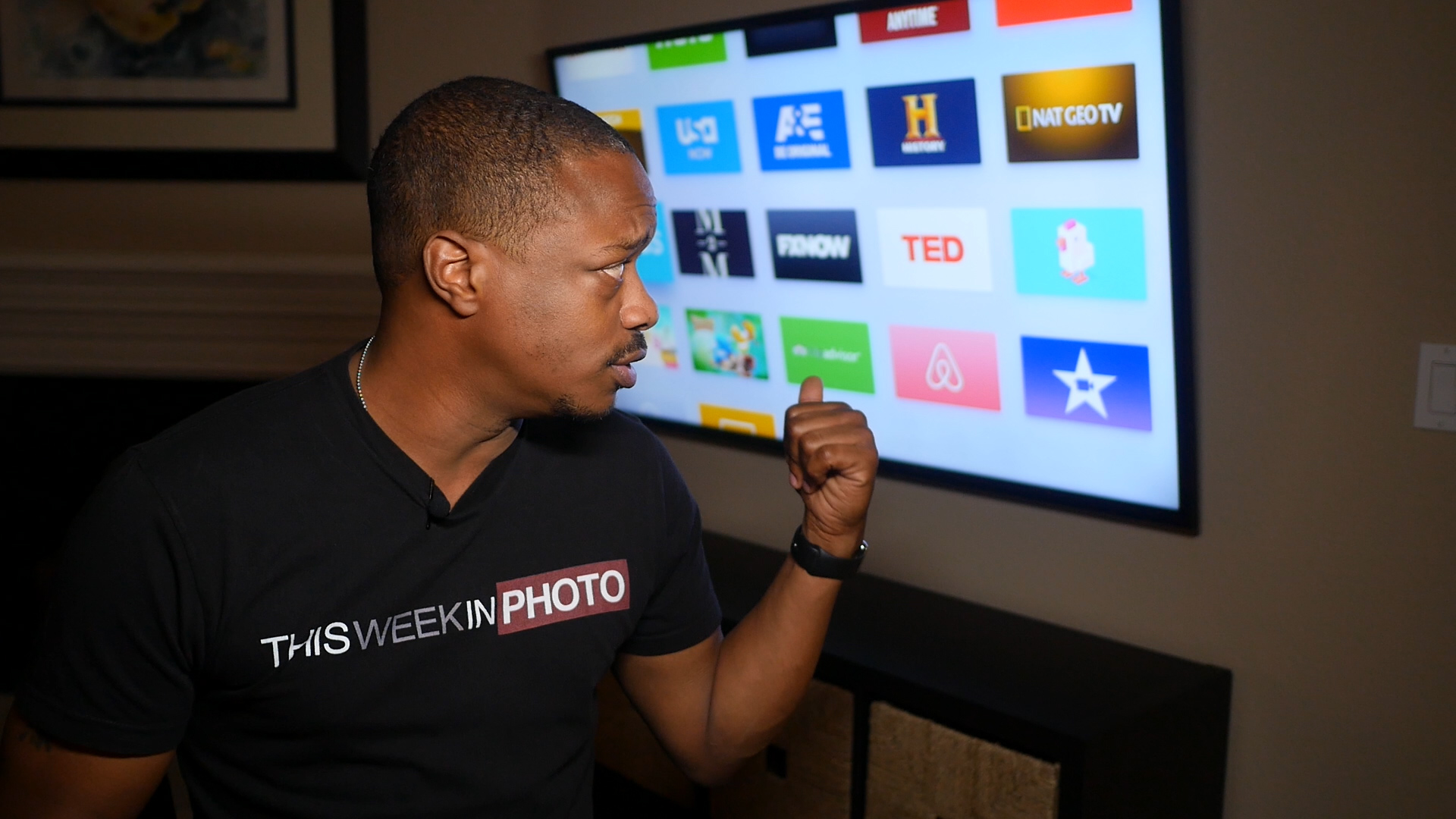
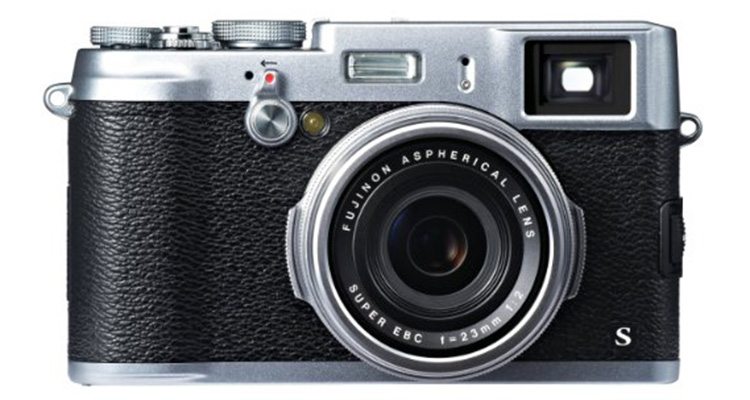
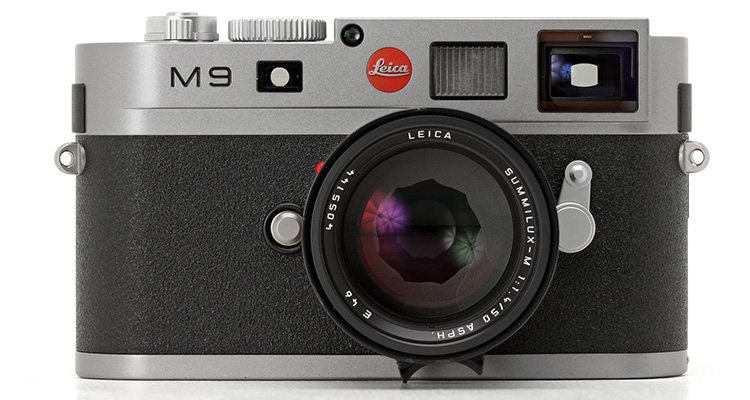
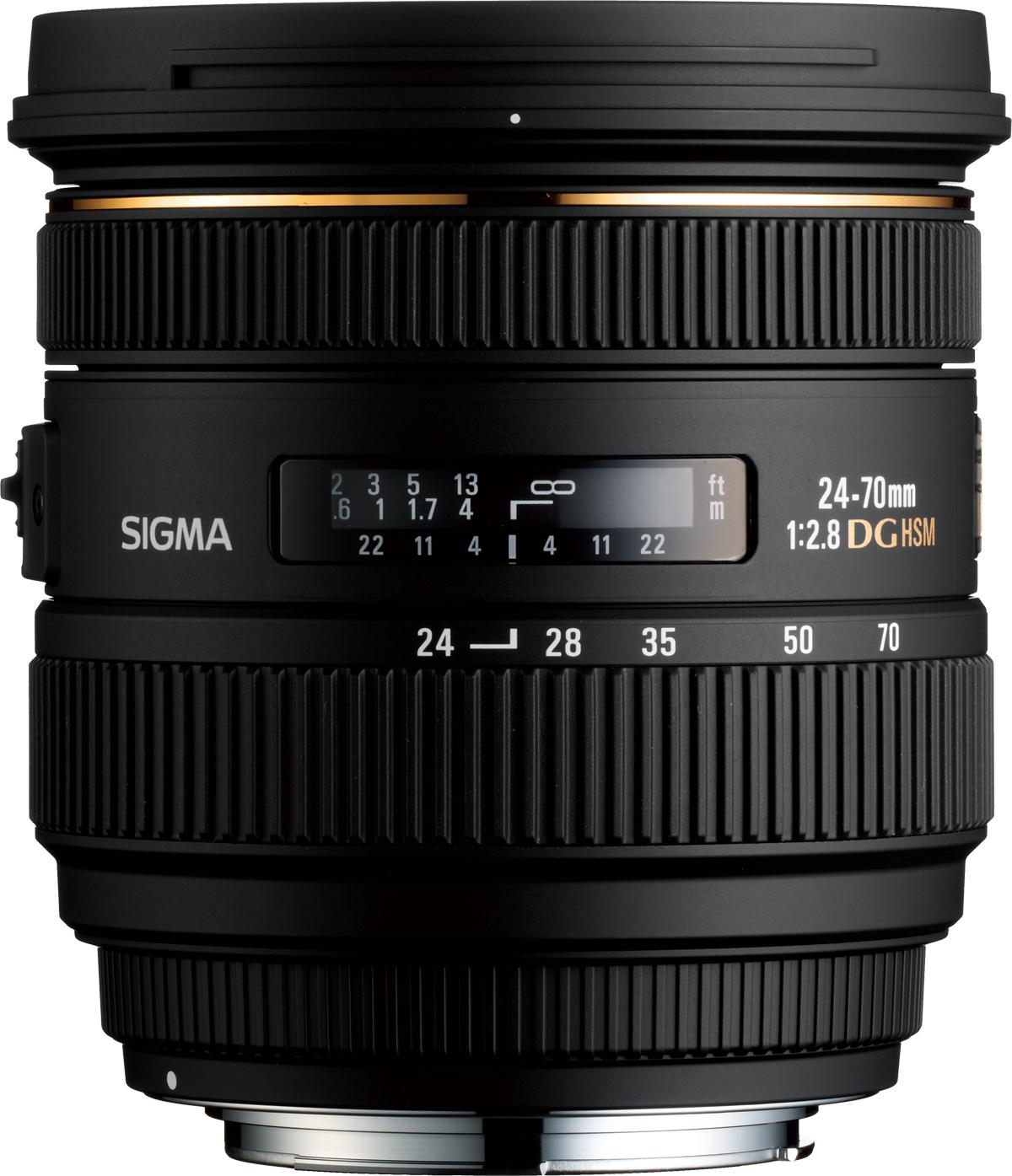
Sometimes I truly feel that as contradicting as being a primary “digital photographer.” Sometimes we are just too reliant on technology, and software. If I ever found myself taking photos out of focus often enough to go out, and buy software to fix my mistakes. I really feel as tho I should rethink of what I’m doing wrong. Because lets be honest. Editing photos, no matter how awesome this software truly is. Is really the worst part about digital photography.
I downloaded the Topaz InFocus plugin and gave it a whirl on a few ‘not sharp enough’ images. I was a doubting Thomas but thought ‘hey why not try it’.
My Results: I didn’t need the 30 day trial window… both plugin and pictures are now erased. I should have known better, and it took a while to rid myself of all the files spewed all over from the mpkg installer 🙁
I learned that if I use the “Estimate Blur” preset/setting instead, I get better results. There is a tutorial video on their website on how to use this particular setting. It’s the only preset/setting that I will use from this software.
Yea, the ‘estimate blue’ seems to be better at adapting based on what you are looking at on the screen. I think the biggest challenge that Topaz has is that the examples on the website are *so* good that after seeing those you figure that the software can do that without having a deep *deep* understanding of it and having spent hours tweaking the settings for everything. Instead people will run it, see it do (basically) nothing to their shots and figure the examples were just marketing lies. I hope that they can figure out how to deal with this because if the software can do what it claims, that’s amazing, but they have to show us mere mortals how to get those results!
I struggled with the trial version to get a few shots from a youth basketball in better focus, with poor results.
I think I am gust going to spend as much time learnig my AF system.
BTW Frederick, great video, what did you shoot this with, the new D7000?
I had high hopes too.
This was actually shot with a D300s. I don’t have my D7000 yet! I had a rental courtesy the good folks at BorrowLenses.com, but I don’t have “mine” just yet. I’m thinking Santa might hook me up.
Note… I screwed up and shot this video at LOW resolution, (can’t you tell?). Didn’t feel like driving all the way back to Half Moon Bay to reshoot… ugh.
Frederick,
Good review, except for one thing… The second image that you play around with is not the one that you look at full screen in the end. You switch to LR before PS had finished saving the file. (In InFocus you were editing image _DCS0566 and in Light Room you compared _DCS0569)
Just sayin’ 🙂
Not sure I’m so negative. Spent my $ based on your initial enthusiasm – am not at all disappointed. Having used deconvolution tools in electrical signal processing, my expectation was there would be better use of wide area information to generate sharper images without the localised artifacts of edge detection algorithms. That’s exactly what it delivers. It takes images that are a tad less that ideally crisp and brings out the “pop” very nicely. Extreme levels of use will generate very nasty artifacts but – surprise- you cannot recover what has been translated into noise….
As a final treatment for very slightly soft images it’s now my preferred tool. Of course I like it better when the image delivered by the lens is razor sharp in the places it should be. But for the times it isn’t – a great tool IMHO.
(…but create a publication quality image from any image with significant blurring. I doooon’t think so…)
I had similarly disappointing results when I tried the trial version…
One note though, in your video you do a before/after comparison two times, but I believe you are looking at the same comparison in both cases…
Its pretty logical that this product does not work the way its advertised because no matter how hard it tries it can’t get back information that didn’t exist from the start!
It’s attempt to sharpen the photo based on their algorithm may fool some but not me, it didnt impress me at all!
I forgot to say that the image i tried it on was a portrait with a very little degree of unfocus and it didn’t do any difference other then adding unnecessary noise to the photo.
I would love to have a “enhance that” setting that tvshow have access too but this isnt it!
From what I have seen the Topaz is doing a disco version of unsharp mask. There is software out there for correcting out of focus images, but NASA, NSA, CIA and FBI are the ones using it. A major part is that it a super computer to run. A famous example of this software in use was the Hubble Telescope. When the first used it they had a focus issue and had to use the software to correct the images, later they fixed the Telescope with a spacewalk.
Hey Frederick,
I wonder what results you would get using the slightly blurred image after watching their tutorial?
It seems to me, this product is most useful for fixing images that just missing being tack sharp and for bringing back critical detail. I will experiment with it during the next week tweaking my pix that just missed being technically perfect and see what happens. Cheers, and thanks for the great work.
Fredrick,
Your results would make me not even bother to check this software out (no insult intended) as I saw no valid improvement. However, their examples show an astounding results, enough to make me believe what I’ve seen on shows like CSI when they enhance a photo.
Telephoto shots w/o a tripod are bound to have some blur, more so as the speed drops and focal length rises. Software that would fix this would be invaluable. It wouldn’t stop me from taking a tripod, but I’d be more likely to ‘take the shot’ when I normally wouldn’t bother.
Lower grade lenses, which we have more of generally than pro lenses, would also benefit.
As for relying on tech to much, I agree that you should try to get things right at the time of capture but when all else fails, this kind of tech saves us.
I did not try pictures that were way out of focus, but I tried the trial software with pictures that were soft either because the f stop was f18 on a good lens or the lens focus is just soft (like at 125 mm on my Sigma 18-125 lens). in both of these scenarios Topaz InFocus did a good job de-blurring the image.
I also have Nik’s Sharpener Pro 3.0 software. This comes in two versions. An output sharpener and a RAW pre-sharpener version. I had only used the output sharpener but never the pre-sharpener. I noticed that these sharpener tools have what Nik calls an “Adaptive sharpening” function. I decided to try some comparisons. When I applied adaptive sharpening in the pre-sharpener version, I have been able to get as good or better “rescue” of soft images than what I achieved with the Topaz InFocus software. Does anyone know if the Adaptive sharpening that Nik uses does the same kind of deconvolution as the Topaz software?
Ok, I actually used InFocus and had an acceptable result. I was making prints for a friend who’s dog suddenly died. The only pics were really bad cell phone photos that he took. I tried a couple other remedies but nothing really worked very well. InFocus gave me just enough “focus” to make them acceptable for a 4×6’s.
Hi Shelle — I would love to see your before & afters! Also, you should post some tips on how to make the software work!
I’m a software engineer, experienced with sharpening techniques and other imaging algorithms. I was stunned by the sample images and tried the Topaz plugin. Unfortunately my results were disappointing as well. It did something, but it wasn’t all that much better than a well-chosen unsharp mask or high-pass filter. Someone mentioned the Hubble space telescope, but that’s an entirely different story. They know the exact amount of defect, and therefore it is possible to correct for it. But if I throw a random blurry image at you, that’s not going to work.
One promising technique is to use a motion sensor to compensate for camera shake, which is going to work, but only if you have a large amount of acceleration vectors for the whole duration while the shutter was open. It’s never going to be as good as a tripod, though.
With a plenoptic camera it is possible to capture a single image and adjust the focal plane in post-processing, bringing any object in focus at will, after the photo is taken. This is how bugs see and focus as well, with hundreds of micro-lenses. Of course this has a downsize, too, as you lose a lot of resolution. But the technique truly allows you to focus virtually anywhere at will in post-processing. It will be useful for sports, and scientific applications, when there’s not enough time to focus.
Fred you cost me money! As a direct result of your comments on TWIP I bought a registered copy of the add-in.
At first I had no idea what I was doing and, even after watching the tutorials, got frustrated.
However, once I had a real world image that I wanted to improve I persisted.
Here is the before and after result
https://www.flickr.com/photos/stephencotterellphotography/5237372247/
It’s for others to judge but I am very happy with the addin
Best
Stephen
Hi Fred, I also bought the plugin because of your recommendations on the TWIP-podcast.
So far, I’m only getting good results with lower resolution (web-sized) images. Seems like the software doesn’t do a good job at the higher resolution images. Hopefully an update will improve this.
Hi Fred.
I downloaded the 30 day trial of InFocus and am very happy with the results. I had some portraits I did where each portrait had two people in the shot. On a few of them either the person sitting in the foreground of the picture or the person standing behind the person in the foreground were slightly out of focus. I applied the Infocus product to three of the shots and I am very happy with the results. You’re right, there is no “magic bullet”, but this product saved those portraits for me.
Not that impressed myself. I have used it for some macro photos…you just have to be very subtle on the strength of the sliders or you will overall degrade the image further.
@ fullmetalphotographer, no sunrise about the use of more powerful editing software in the gov’t, similar to the the Soviets back in 1987: https://www.motleypixel.com/forum/index.php/topic,648.0.html
Tried it the first time around, and I can’t seem to get it to work. But then I downsized the images I wanted to try it on and it really does work wonders. You guys can check out my results at my blog:
https://alter-arman.com/is-there-hope-still-for-your-miss-focused-stills
Hey Frederick, I wrote the article/review on inFocus at DPS. inFocus is a bit of a tricky program and I had much of the same results as in your video when I started out.
I eventually made my way over to youtube and found some tutorial videos that Topaz put out.
To make the program work properly, you have to tweak the program into aligning the blur of the image with the correct blur correction algorithms int he software. The presets are for the most part worthless until you tweak them into matching the blur of the image. Some images will be motion blur, some out of focus, etc.
The result I put up over at DPS was 100% real, I was just as surprised by it as anyone else. It actually took the background of that image and made it noticeably sharper. I was especially surprised by the detail it brought into the bridge.